New Results for Sgr A*
The Supermassive Black Hole in the Center of Our Galaxy
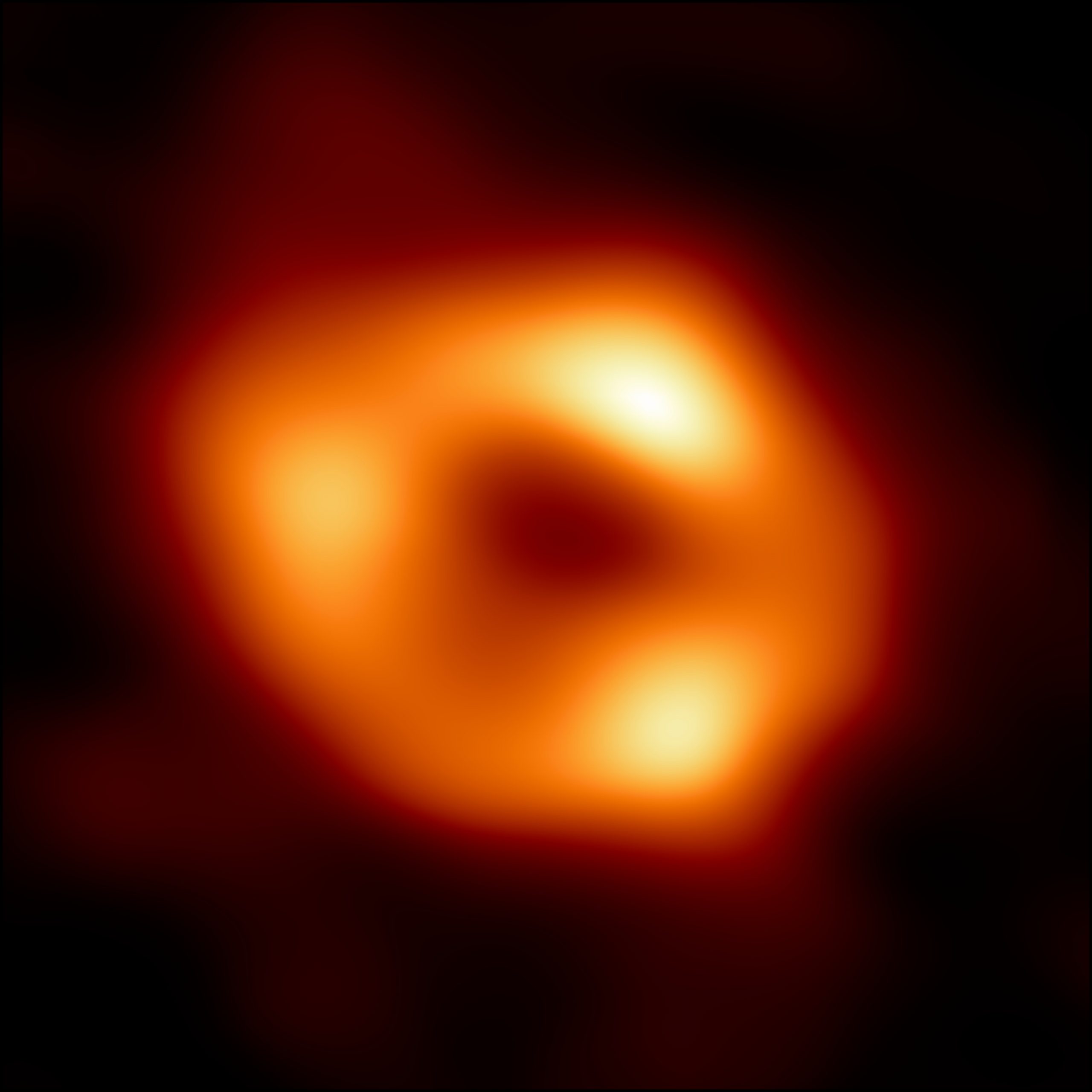
The image is a long-anticipated look at the massive object that sits at the very center of our galaxy.
Credit: Event Horizon Telescope
Astronomers have unveiled the first image of the supermassive black hole at the center of our own Milky Way galaxy. This result provides overwhelming evidence that the object is indeed a black hole and yields valuable clues about the workings of such giants, which are thought to reside at the center of most galaxies. The image was produced by the global research team, the Event HorizonTelescope (EHT) Collaboration, using observations from a worldwide network of radio telescopes.
An immersive experience flying through the cosmic clouds to the center of the Milky Way galaxy.
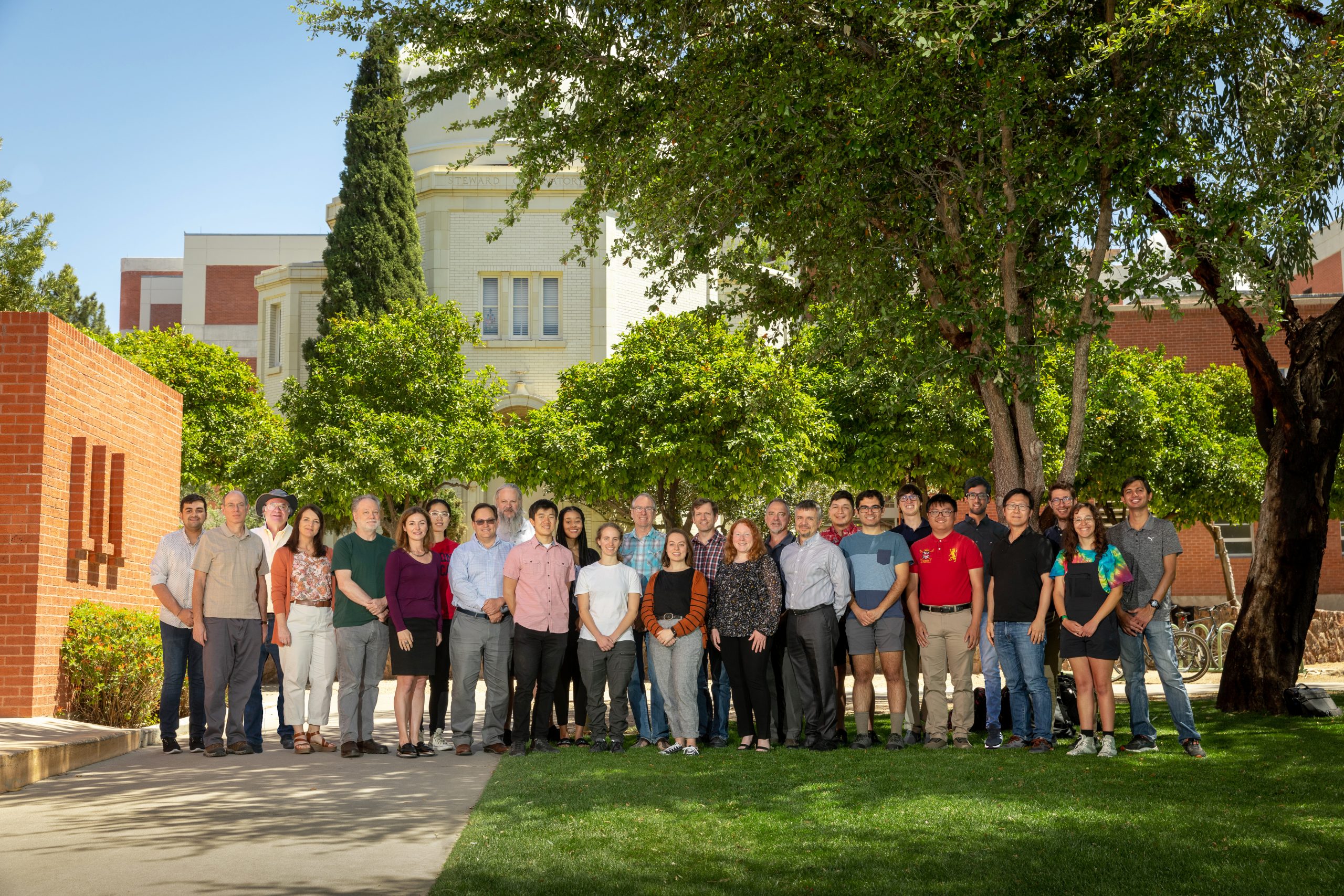
UArizona-EHT Team
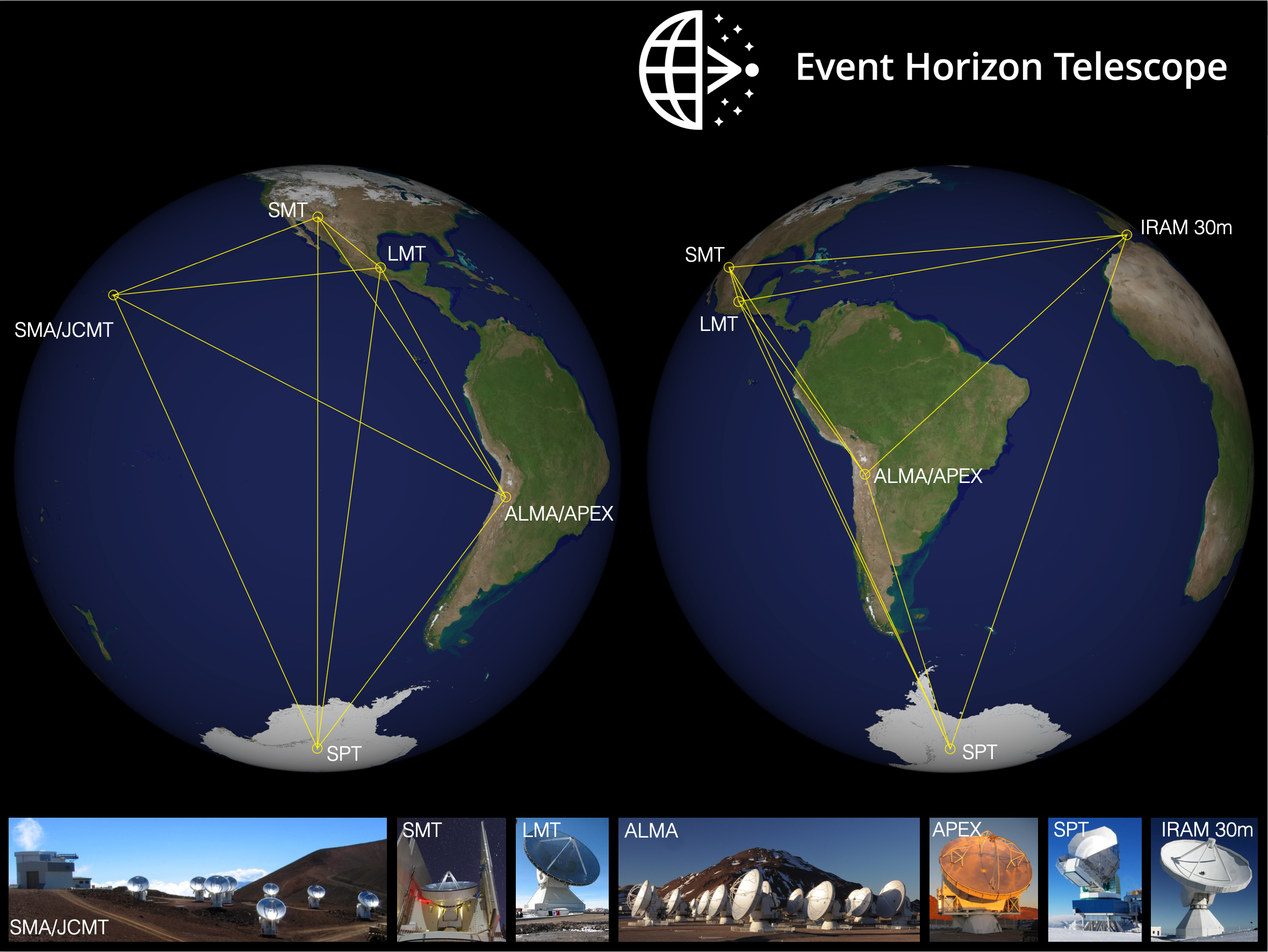
Left to Right: Shitij Seth, Gene Lauria, Tod Lauer, Rosie Johnson, Martin McColl, Feryal Ozel, Limeng Jiang, Buell Jannuzi, Michael Lambeth, Anthony Hsu, Kennedy Sleet, Soley Hyman, Davbid Forbes, Amy Lowitz, Dan Marrone, Alyson Ford, Remo Tilanus, Dimitrios Psaltis, Trent Tyler, Arash Roshanineshat, Sean Dougall, Tintin Nguyen, PHani Velicheti, Chi-kwan Chan, Bagriele Bozzola, Jasmin Washington, Kaushik Satapathy
This technique of linking radio dishes across the globe to create an Earth-sized interferometer, has been used to measure the size of the emission regions of the two supermassive black holes with the largest apparent event horizons: SgrA* at the center of the Milky Way and M87 in the center of the Virgo A galaxy.
Webinar: Science Behind Imaging Sgr A* (Aired: May 13, 2022)
Video Gallery
Managing petabytes of data
The nine telescopes that formed the 2017 global array. In 2017, 5 nights of EHT observations have provided the data to image both the Sgr A* and the M87 black hole.
Why remote locations work for the EHT telescope array.
Here’s why actual black holes don’t resemble Hollywood’s black holes.
Astrophysicists talk about what they do.
Meet The Team
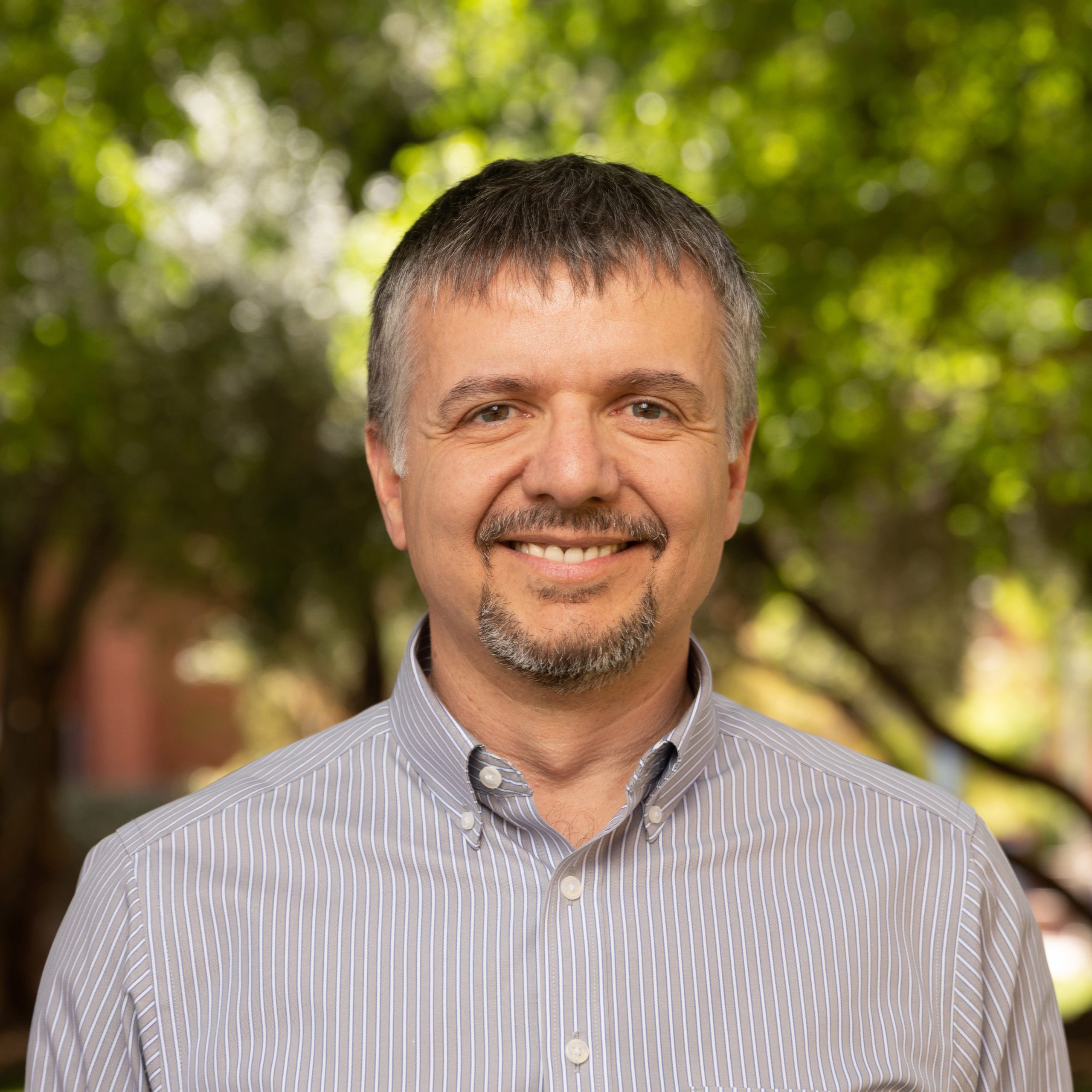
Dimitrios Psaltis
Professor of Astronomy and Physics
Principal Investigator of Black Hole PIRE Project
EHT Project Scientist 2016-2019
Professor of Astronomy – University of Arizona dpsaltis@arizona.edu
Dimitrios Psaltis is Professor of Astronomy and Physics at the University of Arizona. His research group pioneered the development of tests of the theory of general relativity using the
observational appearance of black holes and neutron stars. As a founding member of the Event Horizon Telescope, the international collaboration that has taken the first picture of a black hole, Psaltis served as Project Scientist from 2016-2019. He is the PI of the largest NSF award that supported the 2017 EHT observations and analyses, funded through the PIRE program. He is the current Chair of the Theoretical Astrophysics Program, an interdisciplinary effort that develops theoretical astrophysics research initiatives across Astronomy, Physics, and Planetary Sciences.
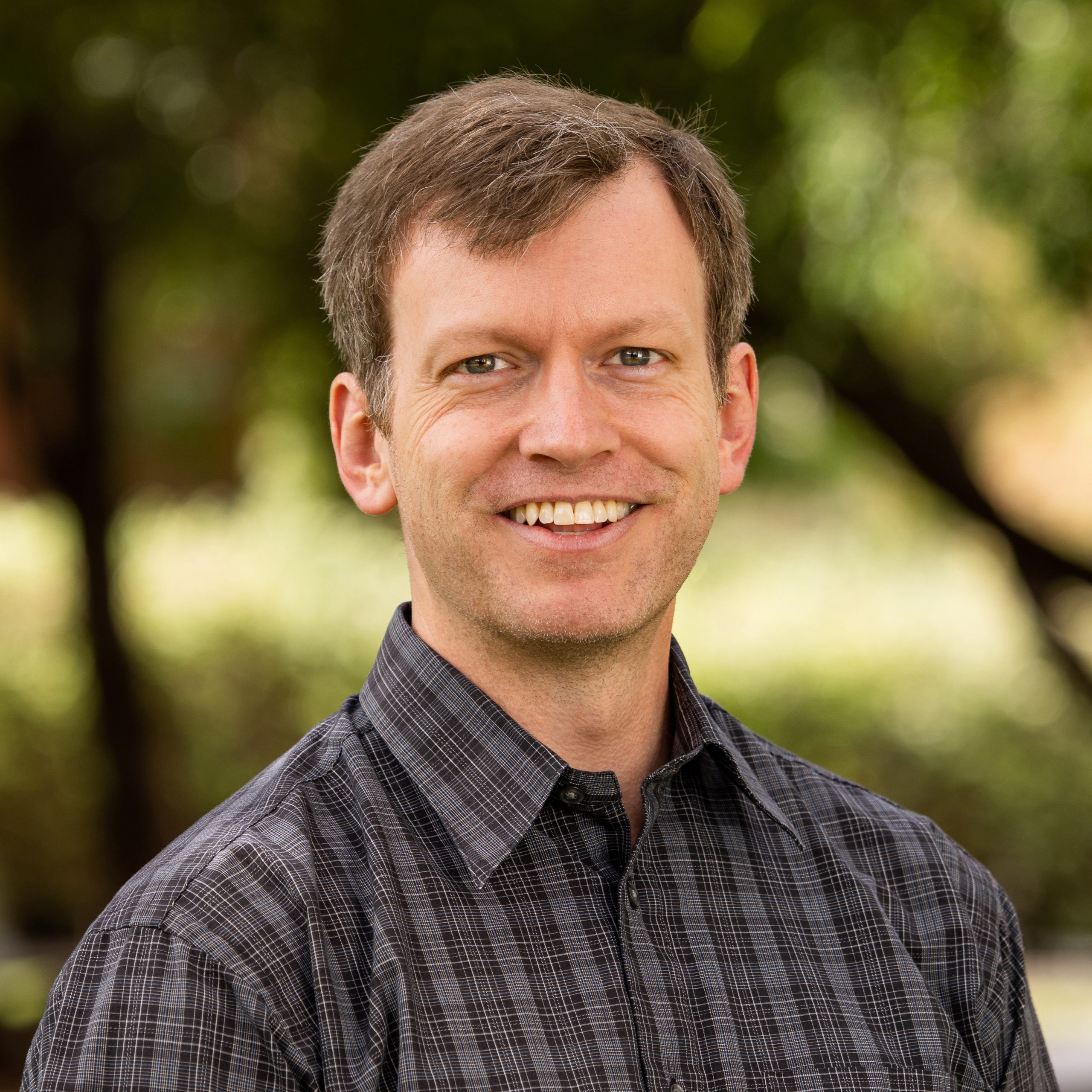
Dan Marrone
University of Arizona
NSF Astronomy and Astrophysics Fellow
EHT Science Council Chair.
Principal Investigator of the EHT Receiving System for the South Pole Telescope
Co-PI of the NSF MSIP Award funding US EHT operations
Co-Investigator of Black Hole PIRE Project University of Arizona Professor of Astronomy
lia@ias.edu
Dan Marrone is the chair of the EHT Science Council, Principal Investigator of the receiving system for the South Pole Telescope and a future EHT receiving system for the ARO Submillimeter Telescope, and Co-PI of the $10M NSF award funding US EHT operations through 2024. Marrone, a University of Arizona Professor of Astronomy, is responsible for building, installing and maintaining the EHT receiving and recording system at the South Pole Telescope. He is also responsible for testing and operating the EHT observing systems for the two Arizona telescopes: The Submillimeter Telescope on Mt. Graham and the 12-meter telescope on Kitt Peak. Marrone is an expert on the polarization and variability of the Galactic Center black hole.
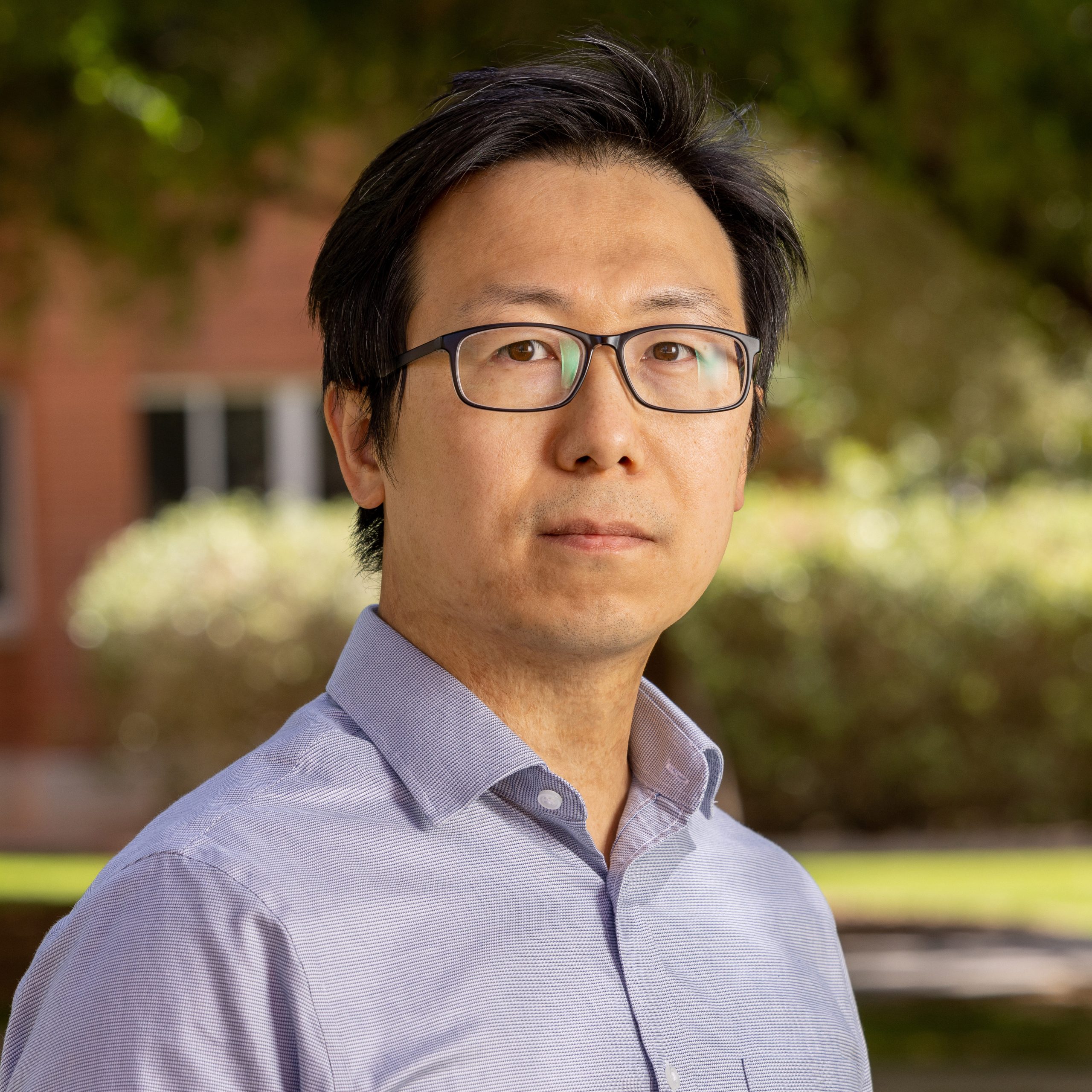
Chi - kwan (CK) Chan
University of Arizona
EHT Lead of Computations and Software Working Group
Senior Investigator of Black Hole PIRE Project
University of Arizona Assistant Astronomer
University of Arizona Data Science Institute Fellow
Chi-kwan “CK” Chan is an associate astronomer at the University of Arizona. He is also a leader of EHT’s theoretical modeling and interpretation efforts of Sagittarius A* and a key developer of its computational and data processing infrastructure. Chi-kwan has developed new algorithms to study turbulent plasma around black holes, spearheaded the use of graphics processing units to accelerate modeling of black hole images, built cloud computing infrastructures to handle big observational data, applied machine learning algorithms to speed up and automate data processing, and performed large scale theoretical modeling and studies of supermassive black holes. Chi-kwan serves as the Secretary of the EHT Science Council, a coordinator of the Software and Data Compatibility Working Group, and a Senior Investigator of Black Hole PIRE Project.
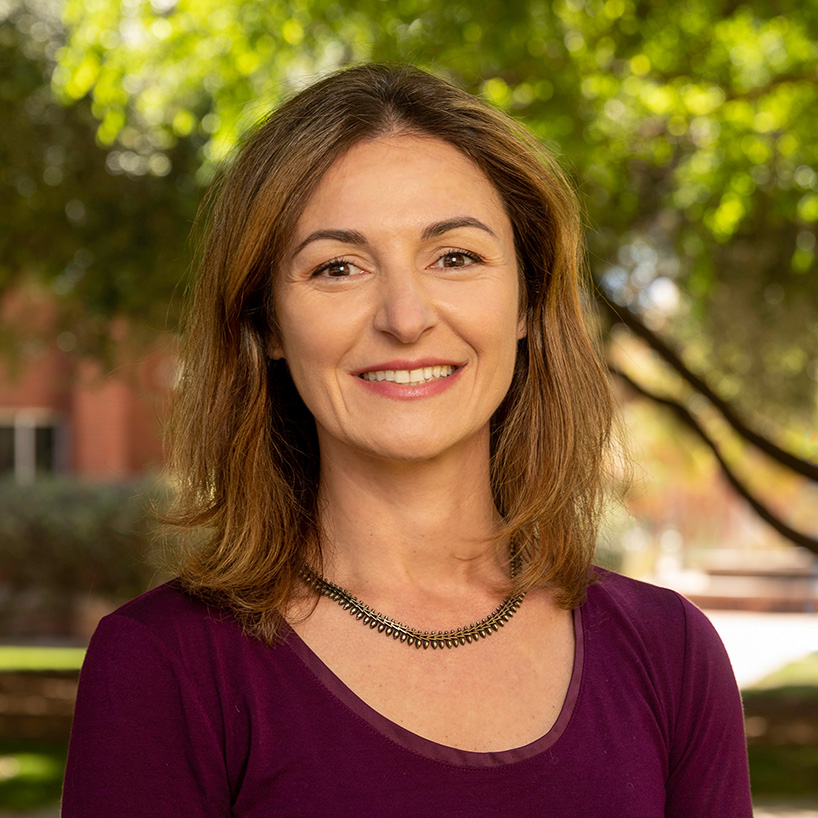
Feryal Özel
University of Arizona
EHT Science Council Member
Co-Investigator of Black Hole PIRE Project
Professor of Astronomy – University of Arizona
Associate Director of Research, College of Science
Feryal Özel is Professor of Astronomy and Physics at the University of Arizona. Özel develops theoretical and computational methods to study black holes and neutron stars and to build models of their extreme environments. She made the first predictions of the images of nearby supermassive black holes at different wavelengths, which guided the development of the Event Horizon Telescope and the interpretation of the results. As a founding EHT member, she has been serving on the EHT Science Council since 2016 and was lead of the Modeling Working Group. Özel is chair of NASA’s Next Generation Mission Concept Study for the Lynx X-ray Observatory and has served as chair of NASA’s Astrophysics Advisory Committee
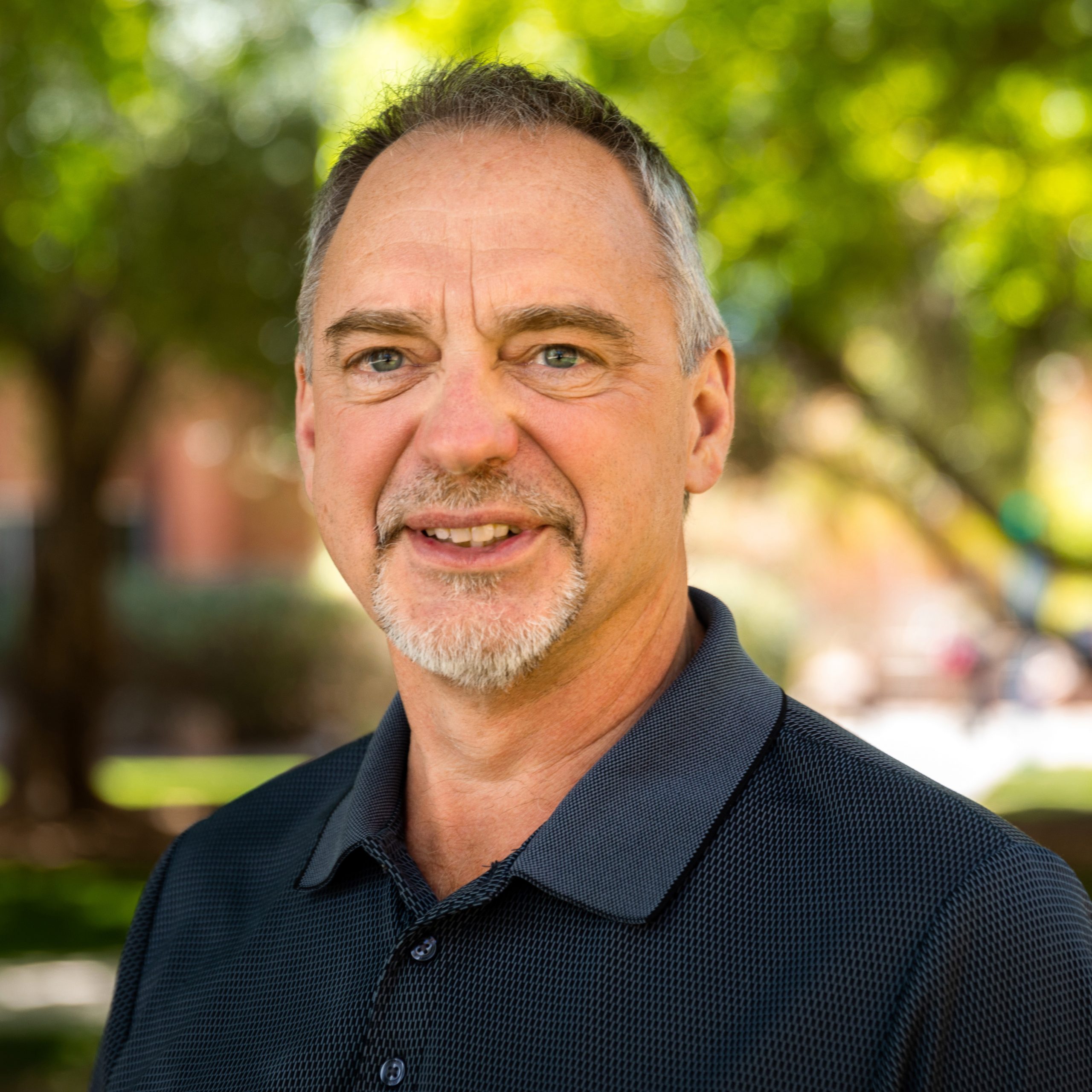
Remo Tilanus
University of Arizona
Operations Manager Event Horizon Telescope
Member of the EHTC Management Team
Project Manager BlackHoleCam
Research Professor and Astronomer-University of Arizona
Remo Tilanus is the Operations Manager of the Event Horizon Telescope and a founding member of the collaboration. Since 2013 he has been in charge of the technical and operational realization of the EHT and supervises its observations, including those that resulted in the first picture of a black hole. Tilanus has been involved with pioneering Very Long Baseline observations of blackholes since 2006. He is a research professor and observational astronomer at the University of Arizona and operations manager of the Arizona Radio
Observatory.
Media Contacts

